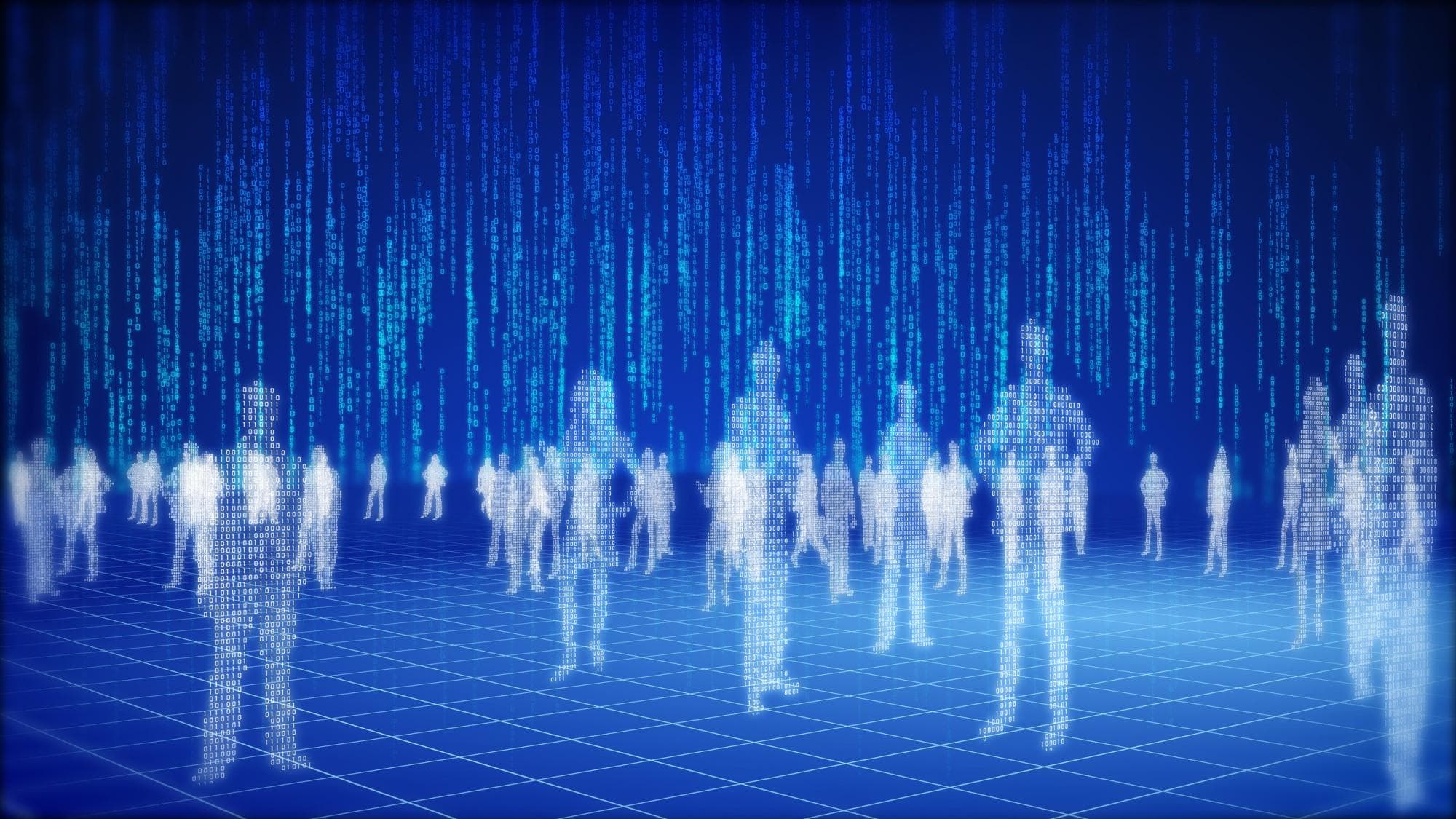This is Your Brain on Teleportation
Even though we’ve only just begun to scratch the surface of teleportation technology, we already have a pretty good idea about how the brain handles the experience of being “beamed” from one place to another. Or at least, we think that we do.
New research indicates that, rather than becoming a confused and sputtering morass as a result of the experience, our brains are able to keep up and can even register how fast the teleportation process occurs and how far one travels when they are transported.
But how can research show this if we don't even have true teleportation technologies?
To explain, neuroscientists at the University of California, Davis are learning how humans find their way around and memorize different places and routes. Scientists know that a rat’s brain gives off a rhythmic oscillation whenever it has to navigate a maze, and they found that humans also exhibit this behavior when navigating virtual landscapes, like in video games.
The oscillations that emanate from the hippocampus are thought to be driven, at least in part, by external inputs, according to most models of brain function.
Associate professor at the UC Davis Center for Neuroscience Arne Ekstrom said: “There is this rhythmic firing in the brain during navigation and while remembering things, but we don’t know if it is triggered by sensory input or by the learning process.”
Virtual Teleportation
The research team worked with patients being treated at the Department of Neurological Surgery at UC Davis who suffer from a severe form of epilepsy. They implanted electrodes on the patients’ brains in order to determine where seizure activity begins.
Volunteers were asked to navigate through a virtual streetscape viewed on a computer screen. They would find certain points where they could enter a teleporter to “beam” to a different location on the map that had been previously known. The computer screen would turn black for random periods of time whenever they teleported.
The researchers found that the rhythmic oscillations in the brain were entirely driven by the patient’s memory along with the brain’s learning process. The results have shown that these oscillations have information about how fast and how far the patients travelled during the teleportation process.
Although the study was limited to just virtual teleportation, the brain’s ability to carry information related to the speed and distance of the teleportation is telling, and may reveal much in relation to how the brain can process the experience of being teleported in real life.
Of course, this is early work, and we are still a rather long ways from teleportation in humans, but the work reveals much about how our brains function and process information.
Share This Article
